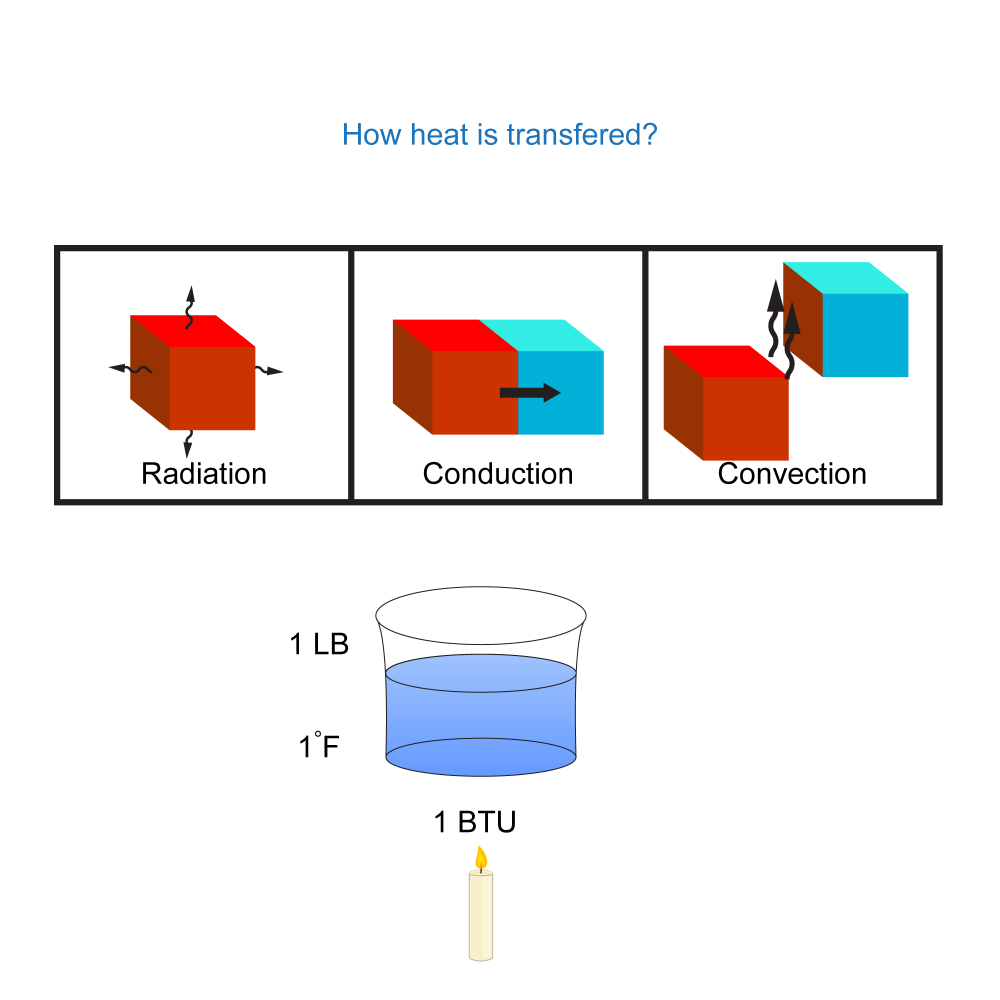Get Tech Tips
Subscribe to free tech tips.
Third Law of Thermodynamics

When someone says there is no such thing as “cold,” only the absence of heat, you can point out that while cold is the absence of heat… absolute zero is the definition of COLD.
The third law of thermodynamics addresses the absence of heat and what that means for entropy. It implies that absolute zero (0 kelvin, about -460°F) is theoretically possible but impossible to achieve naturally. The law officially states that a perfect crystal’s entropy is zero when a crystal’s temperature is equal to absolute zero.
We cannot reach absolute zero because of the principles in all the other laws of thermodynamics: heat naturally moves towards colder temperatures. Even though scientists have created laboratory conditions where they’ve cooled metal molecules within nanokelvins (10-9) of absolute zero, they cannot reach absolute zero because heat from the environment still tries to transfer to the metal molecules. As such, the heat results in some entropy, which leads to the formation of imperfect crystals.
A perfect crystal is an object where all the atoms are identical and positioned symmetrically. Any form of entropy indicates thermal motion, which causes those atoms to bounce around and leads to imperfections.
Absolute zero
Like reversible processes under the second law of thermodynamics, absolute zero is possible only in theory. Nevertheless, it is still a crucial benchmark that we use when measuring real temperatures and processes in our world.
As said earlier, absolute zero is equal to 0 kelvin. Kelvin is the only temperature scale with perfectly proportional values. (For example, 25° F is NOT half the heat of 50° F, but 25 kelvin is half of 50 kelvin.)
Having a scale with absolute zero means that there aren’t any negative numbers that may complicate the heat content. The Celsius scale has negative numbers because it indicates degrees below the freezing point of water; there is still heat energy at -30° C, but it is not enough to melt solid ice under standard atmospheric pressure conditions. There is NO heat energy at absolute zero, and negative numbers are impossible because you cannot have less than no heat.
The coldest natural spot in our universe (that we know of) is the Boomerang Nebula, which has a temperature of 1 kelvin. It is still above absolute zero.

“Boomerang Nebula (NASA, Hubble, 09/13/05)” by NASA's Marshall Space Flight Center is licensed under CC BY-NC 2.0
To reach absolute zero (by natural or lab-created means), we would have to break all the other laws of thermodynamics. The heat removal required to reach absolute zero is infinite, and you can’t have a heat sink at absolute zero. A heat sink at absolute zero would indicate 100% efficiency, which is theoretically possible but naturally impossible.
Since heat moves from hotter to cooler, and we can't get anything cooler than absolute zero, it's essentially impossible to get to absolute zero.
We clearly don’t see absolute zero in our work or daily lives. However, engineers who design the parts for the HVAC/R products tend to use absolute temperature scales, like Kelvin or the Fahrenheit-equivalent Rankine scale.
Nevertheless, the third law of thermodynamics’ core implication is that all matter contains heat energy and entropy. It establishes the limits of the other thermodynamic laws in our universe.
References
https://www.livescience.com/50942-third-law-thermodynamics.html
https://www.nasa.gov/multimedia/imagegallery/image_feature_405.html
Special thanks
Modern Refrigeration and Air Conditioning, 21st edition (Andrew Althouse, Carl Turnquist, Alfred Bracciano, Daniel Bracciano, and Gloria Bracciano)
This is one of the reference guides for the industry and deserves attribution for all such articles.









Comments
To leave a comment, you need to log in.
Log In